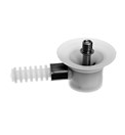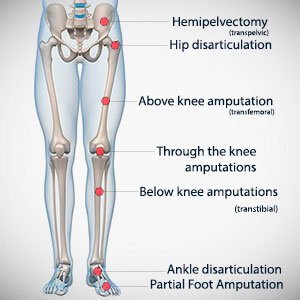Lower limb prostheses refers to a prostheses that replaces any part of the lower limb to restore the functional and/or cosmetic purpose of the lower limb. This may include artificial components that replace the hip, thigh, knee, ankle and foot.
Choosing and Using a Prosthesis
A number of factors are involved in choosing a prosthesis. They include:
- The location and level of the amputation.
- The condition of the remaining limb.
- Your activity level, particularly for a prosthetic leg or foot.
- Your specific goals and needs.
Feet
Amputees today have many different options, and choosing a prosthetic foot is an important decision. Function, body weight, activity levels and recreational interests all need to be considered when selecting the correct foot for you.

Flex-Foot Assure
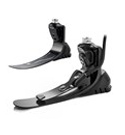
Flex-Foot Assure

Flex-Foot Assure
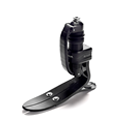
Flex-Foot Assure
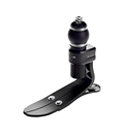
Flex-Foot Assure
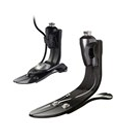
Flex-Foot Assure

Flex-Foot Assure
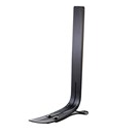
Flex-Foot Assure
Knee
For above the knee amputations, the prosthesis(artificial leg) has both a knee and ankle joint. Currently there are hundreds of prosthetic knee joints. These are either spring OR pneumatic cylinder OR fluid / hydraulic-controlled activated devices that let users vary their walking speed. Others use computerized parts that let the user make rapid real-time adjustments while walking.
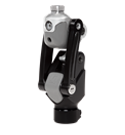
Flex-Foot Assure
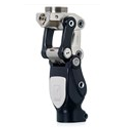
Flex-Foot Assure
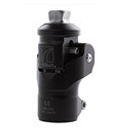
Flex-Foot Assure
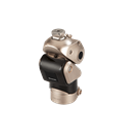
Flex-Foot Assure
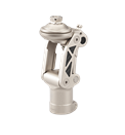
Flex-Foot Assure
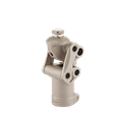
Flex-Foot Assure
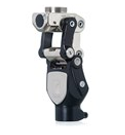
Flex-Foot Assure
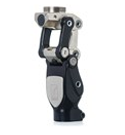
Flex-Foot Assure
Socket, Liner & Locks
Socket design technology has come a long way from the days of hard plastic and wooden sockets. With the emergence of contoured sockets that fit every aspect of the residual limb, amputees are more comfortable and mobile than ever before. This type of socket distributes weight evenly across the entire surface of the residual limb, eliminating pressure points. Flexible, lightweight materials enable the socket to bend and expand along with the patient’s residual limb.
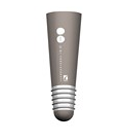
Flex-Foot Assure
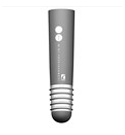
Flex-Foot Assure
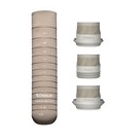
Flex-Foot Assure
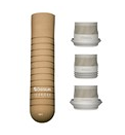
Flex-Foot Assure
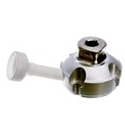
Flex-Foot Assure
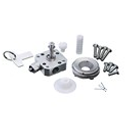
Flex-Foot Assure
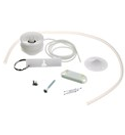
Flex-Foot Assure
